Arduino Uno clone as an 2x16 char RGB LCD Backpack
Designed by Geppetto Electronics in United States of AmericaThis seller is taking a break until May 15, 2025. Sign up below to get an email when they're back!

This product is no longer available for sale.
The seller may be offering an improved version or it may be hanging out on the beach, enjoying the retired life.
What is it? LCDuino is an Arduino Uno clone implemented as a backpack on a 2x16 character LCD with an RGB backlight. What this really means is that it's an Atmel ATMega328P clocked with a 16 MHz crys…
Read More…LCDuino is an Arduino Uno clone implemented as a backpack on a 2x16 character LCD with an RGB backlight.
What this really means is that it's an Atmel ATMega328P clocked with a 16 MHz crystal with a Cypress Semiconductor USB-to-serial adapter chip and a micro-USB connector. The i2c bus of the ATMega has the equivalent of the Adafruit i2c RGB LCD shield - an MCP23017 i2c I/O expander connected to an RGB backlit 2x16 character LCD.
All of the traditional I/O pins of the Uno are brought to a 2x13 .1" DIP header, and a ribbon cable to a breadboard-friendly DIP plug is supplied. The button pins for the LCD shield are brought out to a separate 2x8 .1" DIP header and a separate board with a 5-way micro joystick, RESET button and a piezo buzzer is available. Since A4 and A5 are used for the i2c bus, but LCDuino uses the TQFP variant of the ATMega328, A6 and A7 are brought out in their place. Other than the USB-to-serial chip being connected to D0 and D1 (through 1K blocking resistors) and the D13 LED being connected to D13 (through a 330 ohm resistor), no other pins are connected on LCDuino itself, making all of them available for your use. The i2c bus is already pulled-up by 4.7k resistors and you can add any additional devices you like (as long as you avoid address clashes with the MCP23017 for the display).
LCDuino also has 4 LEDs - a POWER LED, the traditional Uno D13 LED and RX and TX LEDs for the USB-to-serial chip.
My first few projects always included the Adafruit LCD shield because it was a particularly easy way to add debugging information. But the problem is that the LCD shield is pretty much incompatible with any other shield you might wish to stick on an Arduino. Moreover, the Arduino isn't very breadboard-friendly - you wind up having to use a whole raft of jumper wires. A ribbon cable DIP plug is a much better breadboard solution.
That said, if you have an investment already in Arduino shields, there is a shield adapter board available. It has the same 26 pin DIP header and a ribbon cable to connect to LCDuino, but also has a 2.1mm barrel connector for 7-12 VDC power input. It has regulators for both 5 volts and 3.3 volts as well as an ISP connector (for replacing the bootloader on LCDuino, if necessary).
Farmington Hills, MI, United States of America
Ships from United States of America.
163 Reviews | 2,396 Orders

$40.00
Free Shipping!

$22.50
Free Shipping!
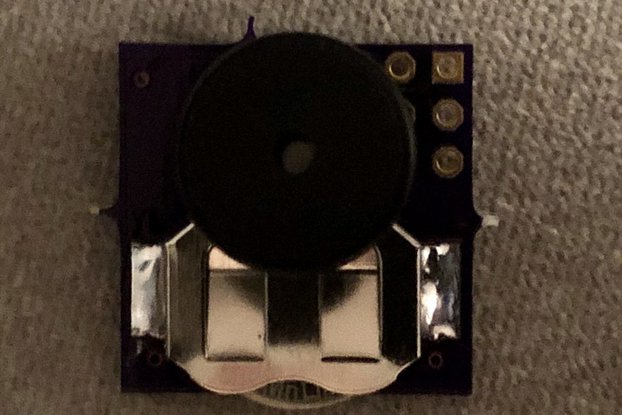
$12.50
Free Shipping!
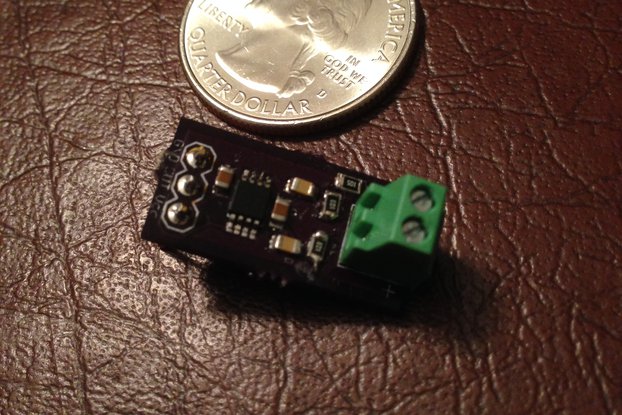
$12.49
Free Shipping!
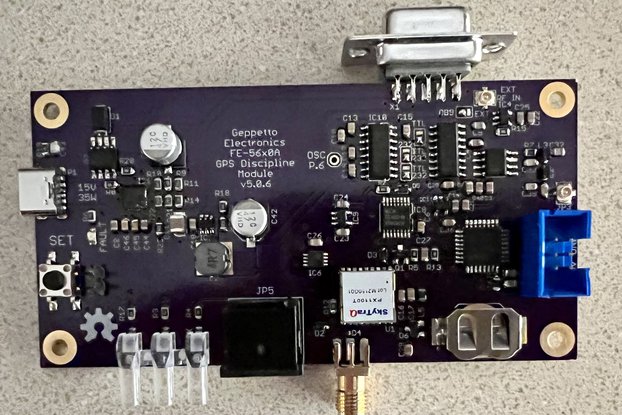
$109.95
Free Shipping!
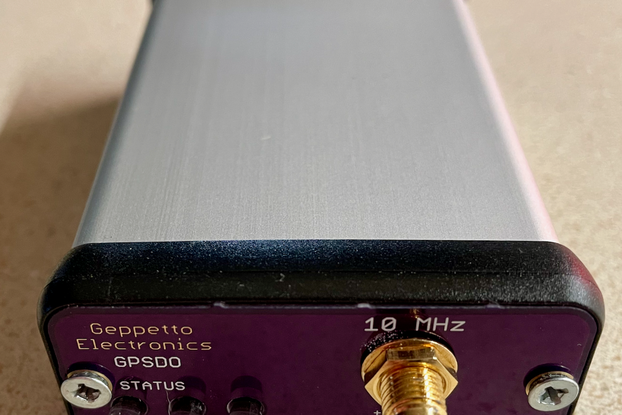
$304.99
Free Shipping!
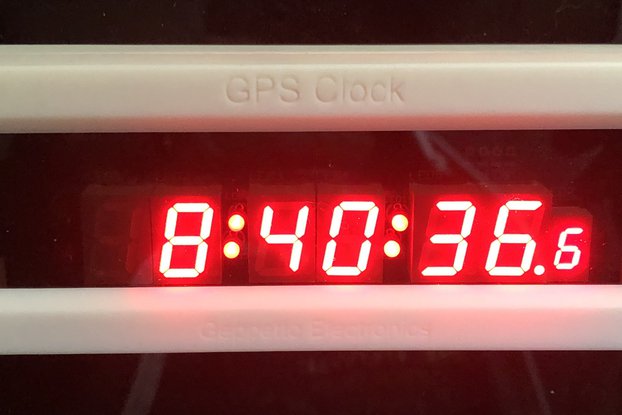
$159.99
Free Shipping!

$25.00
Free Shipping!
By clicking Register, you confirm that you accept our Terms & Conditions
We recognize our top users by making them a Tindarian. Tindarians have access to secret & unreleased features.
We look for the most active & best members of the Tindie community, and invite them to join. There isn't a selection process or form to fill out. The only way to become a Tindarian is by being a nice & active member of the Tindie community!
